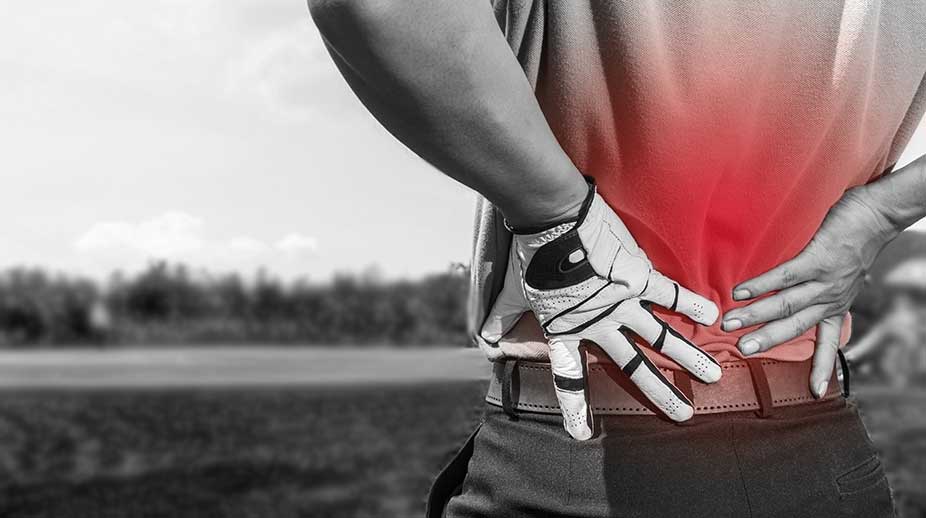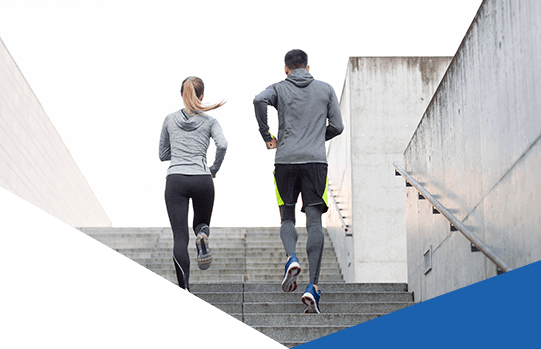In this article we will explore some of the different causes of your lower back pain.
Your lower back is the area the base of your spine that curves inward. Medically, it is defined as the L1 to L5 parts of your spine. Pain in this area can vary in type and source. You may feel a sharp pain with movement or a dull constant ache. The pain may also radiate to your pelvis or down parts of your leg.
Causes of low back pain can also vary. For example, you may develop discomfort from chronic poor posture while seated. Sitting in a slouched or hunched over position can put strain on the discs — the fluid-filled cushions that protect the vertebrae from rubbing together. There are also certain injuries like sprains and strains that can lead to lower back pain. In addition, lower back pain can also be worsened by an underlying medical condition.
What Are Some Specific Causes of Lower Back Pain?
1. Posture
How your spine is positioned while sitting or standing, especially for a prolonged duration may contribute to lower back pain. Slouching forward too much or leaning too far back can have an impact on your lower back. Even if your back pain isn’t caused by poor posture, it can be made worse by it.
2. Muscle strain
Injury to any of the muscles of the lower back would be considered a muscle strain. This can occur from acute trauma like a fall, or overuse like a repetitive activity. The result is inflammation and pain in the lower back.
3. Spinal stenosis
The bones in the spine each have a channel in the middle that form a tube through which the spinal cord runs. When that tube isn’t wide enough, the cord gets squeezed and can cause pain, weakness, or numbness. This is called spinal stenosis. Spinal stenosis can be the result of an injury, arthritis, a tumor, or an infection. Some people may be born with a narrow spinal canal.
4. Degenerative disc disease
Degenerative Disc Disease refers to a breakdown of the cartilage on the surface of the vertebrae joints, and the reduction in elasticity of the vertebral discs . Discs degenerate in as we age, and injuries can cause part of the disc (annulus fibrosis) to tear. The annulus fibrosis is what holds the the soft center of each disc (nucleus pulpous) in place.
When this part of the disc tears the soft material in the center may be forced out of the center of the disc. It could protrude backward and compress a nerve root, resulting in pain that radiates down into the limbs. Although some people who have degenerative disc disease don’t have symptoms at all, the pain can be quite severe in the lower back, buttocks, and thighs, and it may get worse when you bend or sit.
5. Herniated disc
Pain in your lower back is one of the first things you may experience if you have a herniated disc. The disc between the vertebrae can protrude due to unbalanced pressure or injury to the spine. This puts strain on the spinal cord and nerves in the area, causing pain and even numbness that could also be felt in the hip or legs. Older people often get a herniated disc as a natural part of the aging process. Herniated discs can also develop from an acute injury like a fall or motor vehicle accident, or develop over time with poor posture and repetitive strain.
Our Physiotherapists would be able to assess your lower back to identify the cause and provide pain relieving strategies to help you live a pain free life. Contact one of our clinics today for more information.





